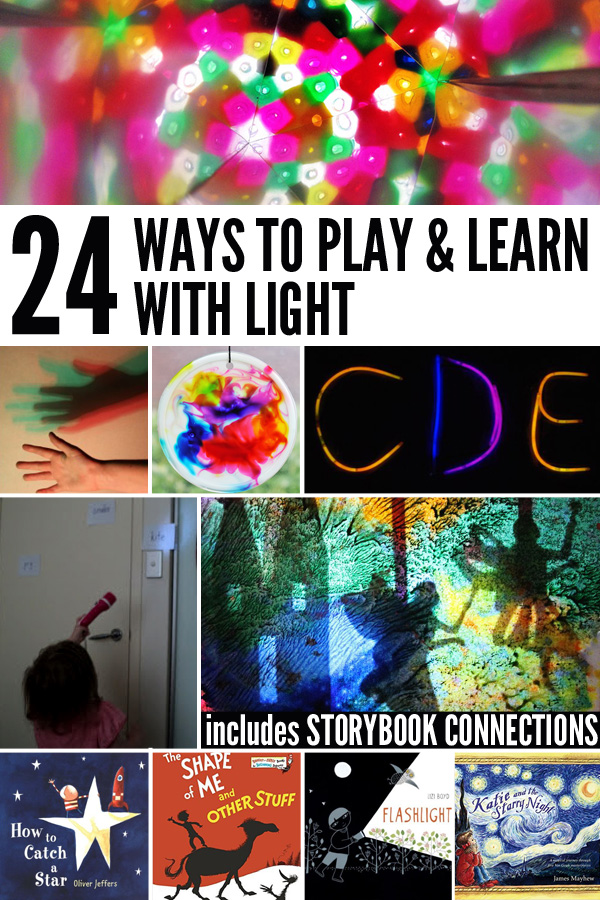As parents, we often find ourselves balancing our children’s social development and teaching them the importance of respecting personal boundaries. Understanding and recognizing boundaries can be challenging for children under the age of six. Their natural curiosity and lack of awareness can lead to unintentional intrusions into the personal space of others. This article will explore why young children struggle with boundaries, offer insights into effective teaching methods, and provide practical tips for managing situations where personal space is compromised.

Understanding the Why: Why Do Young Children Struggle with Boundaries?
Young children are inherently curious beings, driven to explore and understand the world around them. At the same time, their cognitive and social development is a work in progress, and they are still learning about concepts like empathy, personal space, and the feelings of others.
- Limited Empathy: Empathy is a skill that takes time to develop fully. Toddlers and preschoolers are still learning to understand and identify emotions in themselves and others. This limited understanding can result in a lack of awareness about invading someone’s personal space.
- Inherent Egocentrism: Young children are naturally egocentric, meaning they see the world primarily from their perspective. This can lead to unintentional acts of invading personal space, as they may not understand that others have distinct feelings and boundaries.
- Expressive Development: Children under six may lack the verbal and social skills to express themselves appropriately. When they want something or are excited, they may not know how to communicate effectively without encroaching on someone else’s space.
Teaching Boundaries Creatively: Effective Strategies for Parents
- Modeling Behavior: Children learn best by observing the behavior of those around them. Model appropriate boundary-setting behaviors in your interactions with others. Gently demonstrate how to ask for permission before hugging or touching someone, emphasizing the importance of respecting personal space.
- Use Play to Teach: Incorporate play into boundary-setting lessons. Role-playing scenarios with dolls or action figures can provide children with a safe and interactive environment to practice respecting personal space. Encourage them to take turns being the one who sets the boundaries and the one who respects them.
- Storytelling: Children love stories, and using narratives can be a powerful tool for teaching important lessons. Choose age-appropriate books that address the concept of personal space and respecting boundaries. After reading, engage in a discussion about the characters’ actions and feelings.
- Visual Aids: Visual aids, such as drawings or pictures, can help convey the idea of personal space in a simple and concrete way. Create a visual chart with images depicting different personal space zones (e.g., personal, social, and public space) to help children understand the varying levels of proximity in different situations.
- Consistent Communication: Establish open lines of communication with your child about the concept of personal space. Use simple language and ask questions to gauge their understanding. Regularly reinforce the importance of asking for permission and being aware of others’ feelings.

Managing Personal Space Encroachments: Practical Tips for Parents
- Stay Calm and Positive: It’s essential to remain calm when addressing personal space issues. Instead of reacting negatively, use these situations as teachable moments. Gently redirect your child’s actions, emphasizing respecting others’ boundaries.
- Teach Assertiveness: Empower your child with assertiveness skills. Teach them to express their feelings and set boundaries using simple phrases like, “I need my space, please,” or “Can we play without touching right now?” This helps them learn to advocate for their boundaries.
- Supervise Playtime: Young children benefit from close supervision during playtime, especially in social settings. Be actively involved in their interactions, guiding them to navigate social situations and ensuring that personal space is respected. Have a code word to remind your child when they are encroaching on another’s personal space. Use a word like “backstep”.
- Encourage Empathy: Foster empathy by helping your child understand how their actions might impact others. Ask questions like, “How would you feel if someone invaded your space without asking?” This encourages them to consider the feelings of others.
- Reinforce Positive Behavior: Acknowledge and praise your child when they respect personal space. Positive reinforcement reinforces the importance of appropriate behavior and encourages them to continue practicing good boundary-setting habits.
Teaching young children about boundaries, especially regarding personal space, is an ongoing process that requires patience, consistency, and creativity. By understanding the developmental reasons behind their struggles, using effective teaching strategies, and implementing practical tips for managing situations, parents can play a crucial role in helping their children develop a strong foundation for respectful and empathetic social interactions.



